Batman has had many celebrated works in the mediums he appears in, and Christopher Nolan's The Dark Knight Trilogy is among the most praised trilogies and comic book movies to date. Bringing the Caped Crusader out of the over-the-top camp that nearly tanked the theatrical side of the franchise, the trilogy brought the superhero down to earth in compelling action and crime-thrillers.
The trilogy overall has continued to age gracefully, with several standout iconic scenes that are just as timeless. These scenes aged as well as they did in part from their homage and inspirations taken from the gritty crime-noir comics that revolutionized the character in the early '70s and into the '80s, which started with the late Dennis O'Neil.
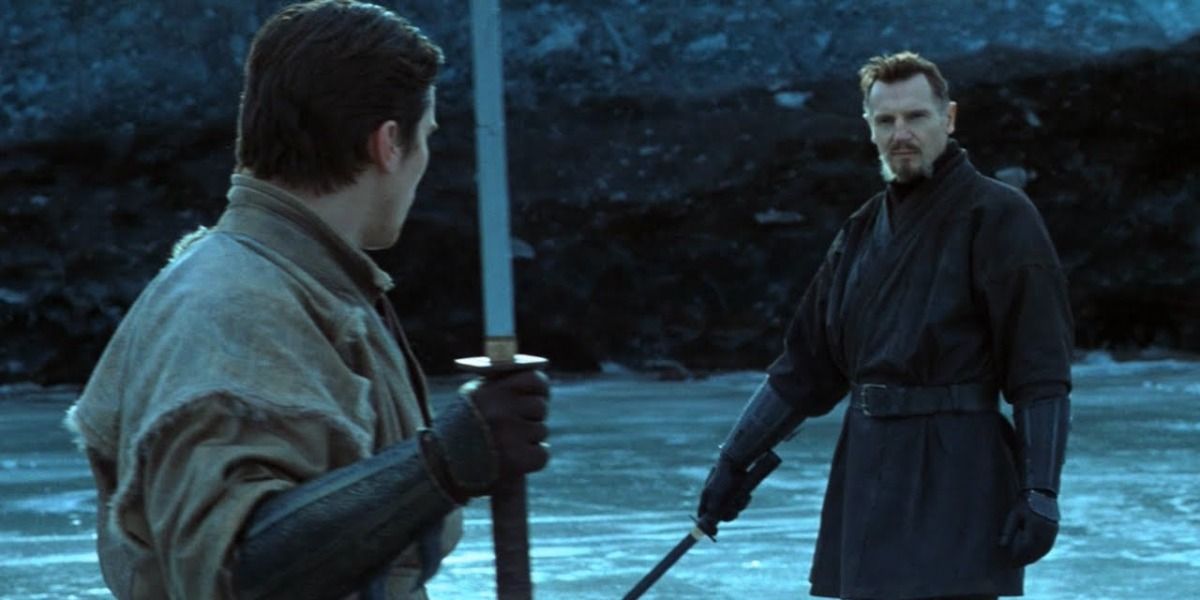
Though fans are mostly tired of origin stories today, 2005's Batman Begins gave a great alternate rendition of Year One, which is widely accepted as Batman's best origin. The comic book arc didn't involve the League of Assassins (Shadows in Nolan's universe), but Batman Begins seamlessly integrated them and Ra's al Ghul into this new take on his early days. One of the most satisfying early scenes of the movie was his training montage, especially when dueling with the indomitable Ra's on thin ice.
The score, Liam Neeson's dialogue as the supervillain, and the intensity of their fight made the atmosphere palpable off the screen. Despite Ra's being harsh to the point of cruelty, he and the League gave some truths in terms of the raw tools and methods Batman would need to use to eventually accomplish his goal. It led to the iconic, succinct line that Bruce needed for his internal drive: "the will to act." It wasn't until Bruce got past the tools and methods, seeing the endgame that drove them where he needed to nip the League in the bud.
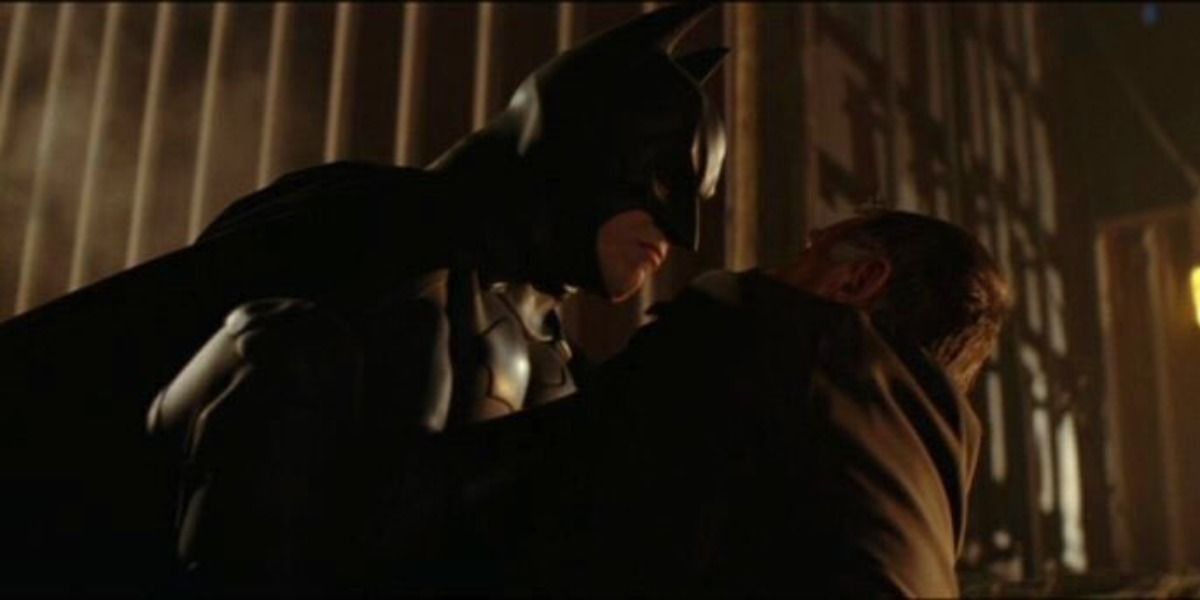
The scene at the docks teasing and later revealing Bruce donning the mantle captured one of the core essences of Batman. Understanding, conquering, and using fear would be his key to strike at the heart of Gotham's corruption that preys on the downtrodden. In the comics, once Batman has been well established, he functions simultaneously as a beacon of hope for citizens and an urban legend for villains to fear.
Batman is someone that the latter speak about in hushed tones, and seeing Batman use his stealth to systematically take down each of Falcone's thugs at the docks was one of the best ways to highlight that. It was a scene that felt lifted off pages of his comics and emphasized how he can be a terrifying cryptid of the night. The teasing shots, cuts, and the perspective of the villains to give a "slasher" tone were tastefully done and a large part of why the scene is so timeless.

Commonly regarded as the best in the trilogy, The Dark Knight has one of the most intense scenes of the three movies. Heath Ledger's performance as the Joker is one of the most iconic in superhero movies, and his interrogation at the GCPD with Batman will never lose its impact. The sheer tension in the room between the two characters is both nerve-wracking and cathartic.
Ledger's Joker is understandably the biggest standout performance of the movie, but the way that Christian Bale's Batman fed off of the former's energy felt genuine. Joker's constant goading and Batman becoming increasingly unstable gave a thrilling air of unpredictability, with the transition between the interrogation to the attempted rescue of Harvey and Rachel feeling suitably fast-paced.
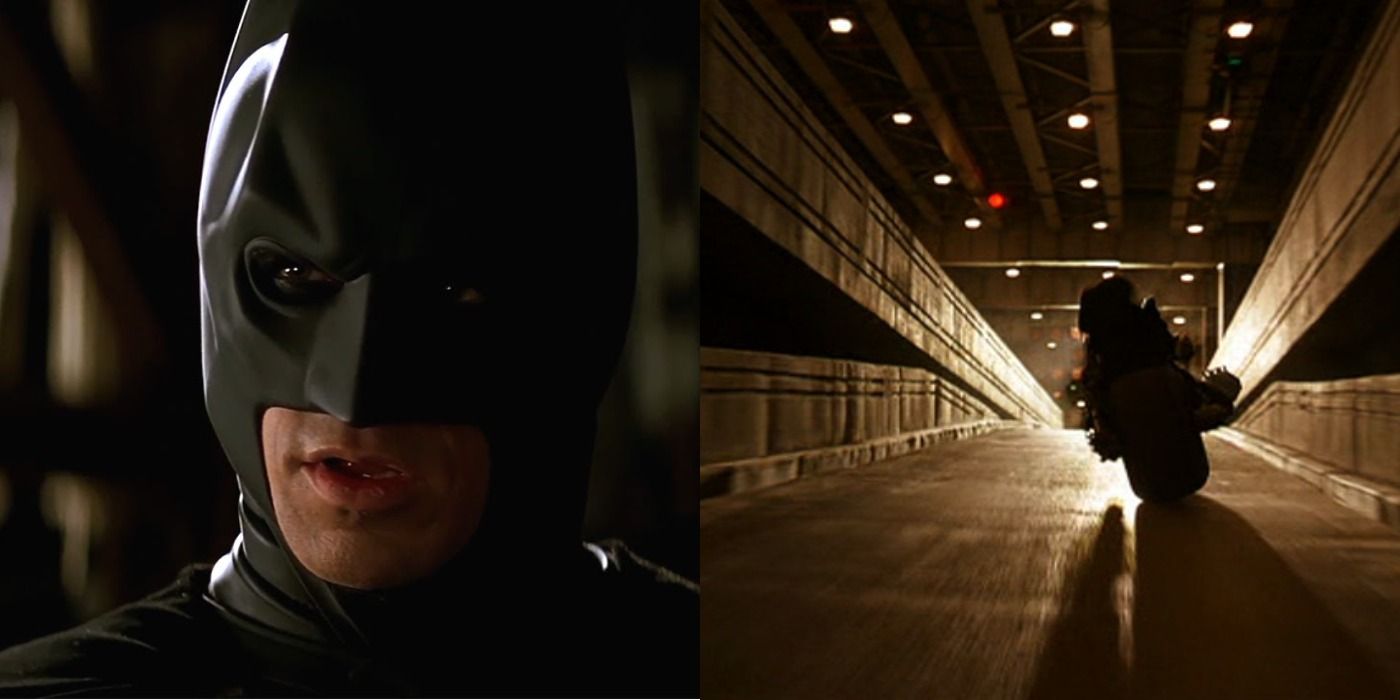
Though the heroes of the story ultimately apprehend the Joker, it comes at a steep cost and a bittersweet ending. Batman couldn't be broken down by the Clown Prince of Crime, but he did destroy what Harvey Dent had left of his sanity. After the Caped Crusader tackles Harvey off a ledge to save James Gordon Jr., Batman and the Commissioner are faced with a daunting decision. They couldn't let Joker "win" by tearing down Gotham City's perceived "White Knight" and all the good he did.
This is where Alfred's words inspire Bruce to fall on his sword for the greater good. At this stage in this grisly case, allowing Batman to become a scapegoat to conserve Harvey's good deeds was the best course of action with this cruel hand they were dealt. Gordon is explicitly reluctant, but later complies and gives one of the most chilling and inspiring monologues. Batman is someone whose endurance can absorb the brunt of the people's woes and channel it into a force for justice because he's more than a hero; he's a silent guardian, a watchful protector, and Gotham City's Dark Knight.
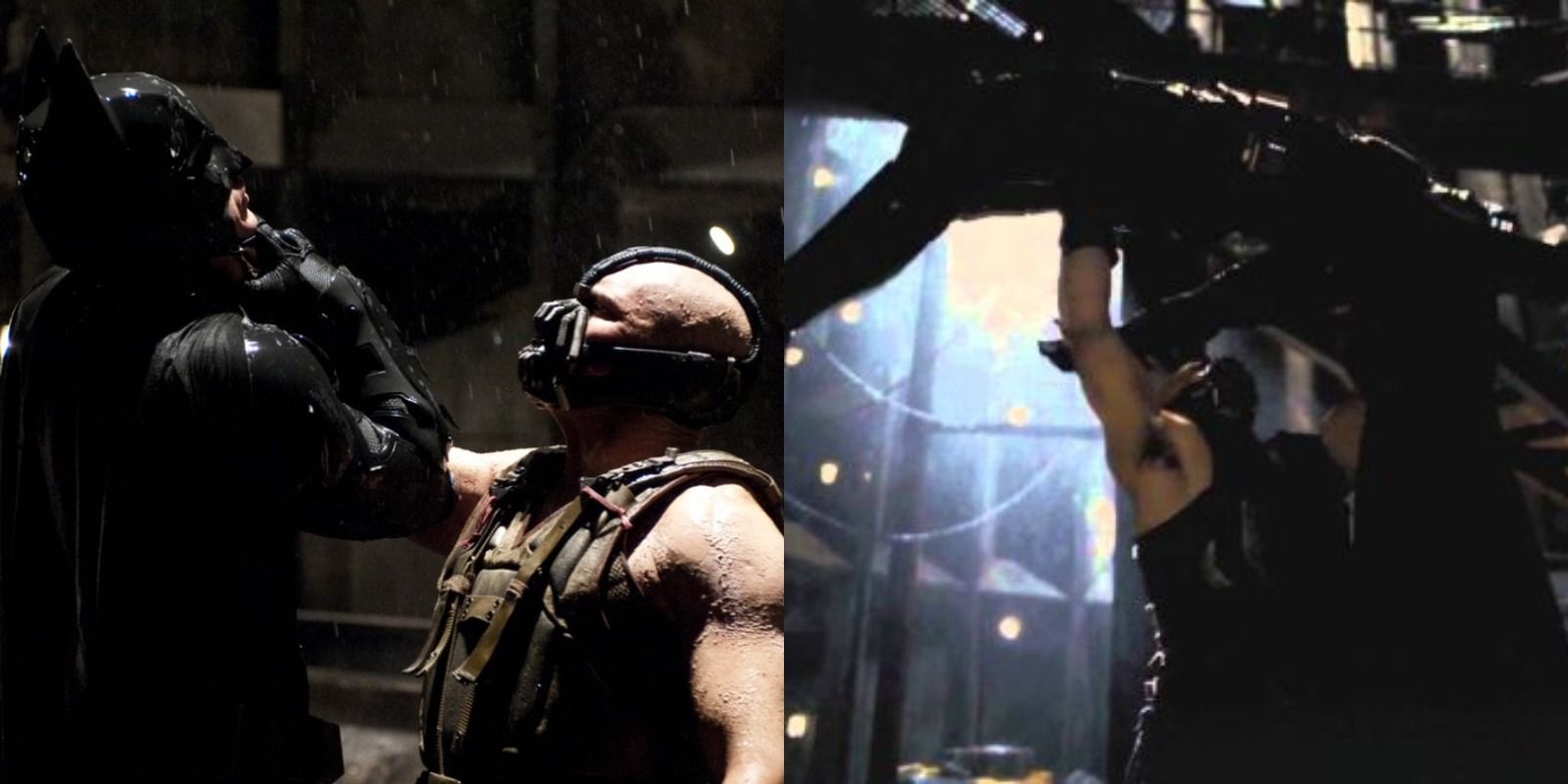
The Dark Knight Rises transitioned into making a Batman story into a sort of war movie. It was a great amalgamation of a few different comic inspirations - from Knightfall, No Man's Land, to The Dark Knight Returns - that culminated in a satisfying close to Bruce Wayne's character arc. Expectedly, though, it was a final grueling test before Batman could bow out gracefully. With the main supervillain being Bane, it's difficult not to take fitting influence from Knightfall, where he breaks down the Dark Knight inside and out.
The first fight in Gotham's sewers was gripping to watch unfold, though simultaneously being underscored with an imposing sense of dread. This was the first time Batman encountered someone he couldn't physically defeat, with his cockiness and underlying suicidal mindset from losing Rachel getting the best of him. As for adapting Knightfall, this dread-ridden scene peaked by recreating one of Batman's most iconic comic panels; the broken bat.
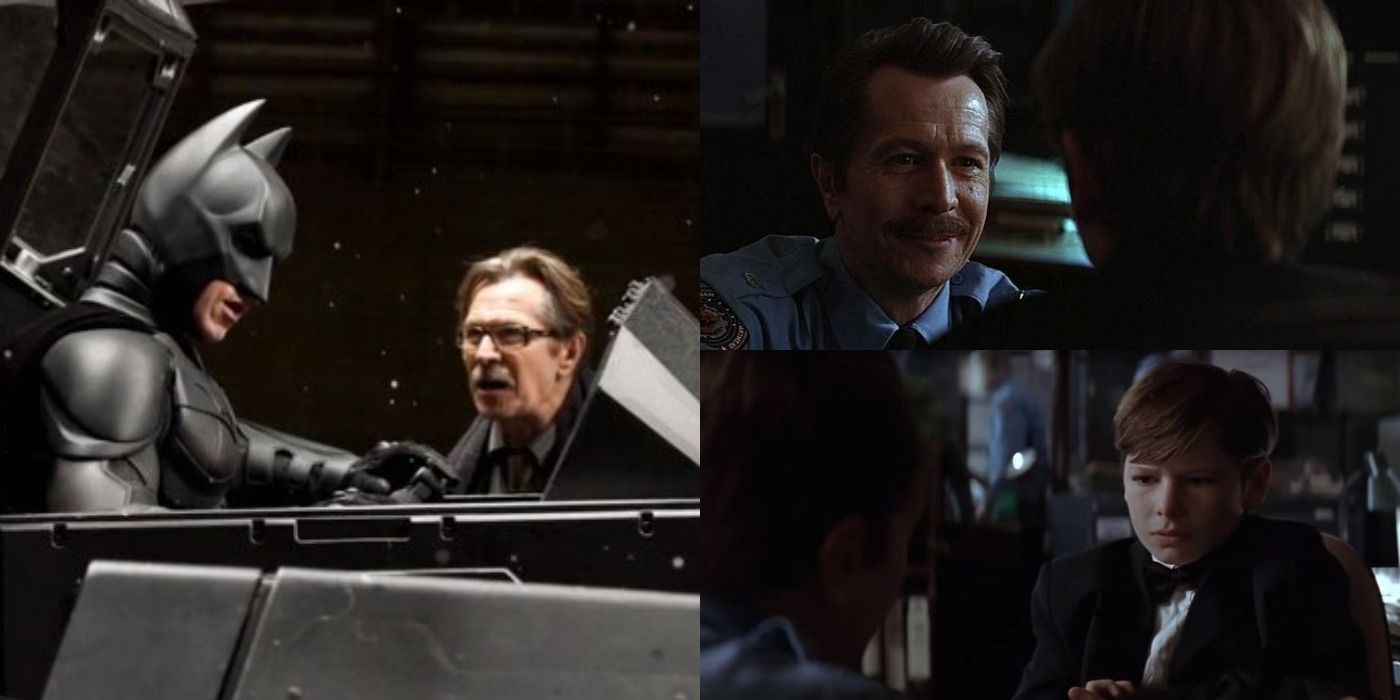
Just before getting to see Bruce and Selina Kyle living a peaceful life, Batman and Commissioner Gordon's "farewell" scene was an emotional and beautiful way to tie the start of the trilogy with its end. The Dark Knight manages to fix the Bat's autopilot system to escape the explosion, but before that, the two partners in crime treat this as their last meeting. Jim Gordon had made a note to not concern himself over who was under the cowl, but he felt compelled to know who Gotham's final protector was.
Batman insisted Gordon never needed to know, nor give him any thanks, but tells him something only he would know to still give him the answer. The former's parting words are certainly a "thank you" to Gordon, however, for letting a young, traumatized Bruce Wayne know that his life wasn't over. It was a well-executed way to connect what was essentially both Bruce and Jim Gordon's "beginnings" in Gotham to their respective closures. But at the end of the day, Gotham's hero was a symbol that anyone could become. It's a fitting end to the two's dynamic in the trilogy, especially since they're one of the best friendships in Batman's comics as well.
from ScreenRant - Feed https://ift.tt/3leib5v

0 Comments